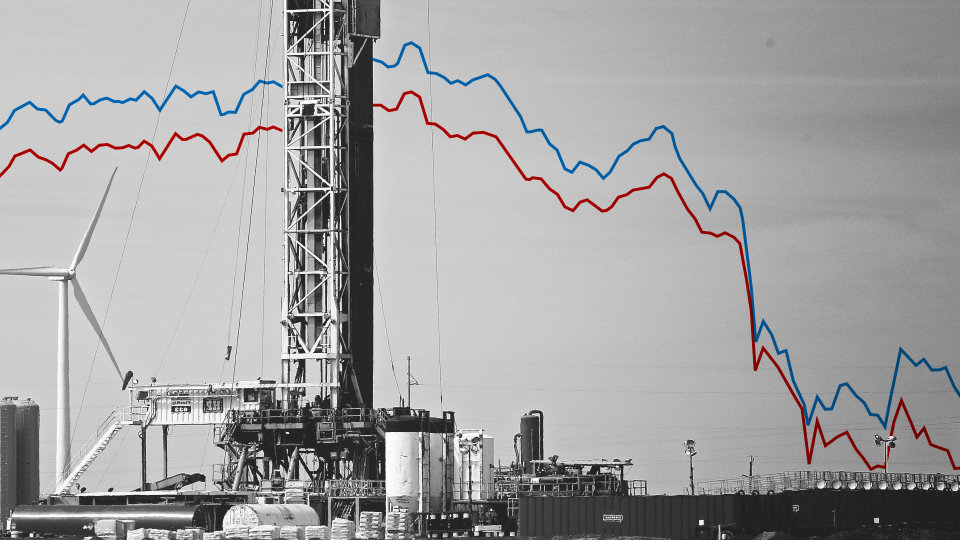KATHMANDU: The recent bout of higher oil prices is unlikely to make much of a dent in the global recovery, according to economists who say strong growth and flush consumers in advanced economies will help the world absorb much of the blow from costlier crude.
Rising global demand and a dispute about supply levels among members of the Organization of the Petroleum Exporting Countries and allies sent U.S. crude oil futures prices rising above $75 a barrel earlier this month, the highest level in six years. U.S. prices have retreated since but remained above $70 a barrel Thursday, about where they were in the fall of 2018.
“In the scheme of things this is pretty small,” said Gus Faucher, chief economist at the PNC Financial Services Group.
One indicator to watch is the oil burden, or the cost of oil as a proportion of gross domestic product, which is a bellwether for oil’s impact on growth. That indicator is expected to rise to 2.8% of global GDP for 2021, assuming an expected average oil price of $75 a barrel this year, according to Morgan Stanley . That, though, remains below the long-term average of 3.2%.
The bank estimates that oil prices would have to average $85 a barrel for the global oil burden to rise to around the long-term average. The last time the global oil burden rose above its long-term average was in 2005, but strong global growth allowed economies to weather the impact of higher oil prices, Morgan Stanley said in a report to clients earlier this year.
The International Monetary Fund projects the global economy will grow 6% this year, the fastest pace in at least four decades.
The recent rise in prices has been mostly driven by increased demand rather than supply problems, according to the Federal Reserve Bank of New York. Higher prices caused by strong demand rather than supply issues normally indicate resilient growth, economists say.
Moreover, advanced economies are much less vulnerable to oil price increases than decades ago because services, which consume less oil than heavy industry, account for a bigger share of output. In the U.S., it now takes about half as much oil to produce a dollar of gross domestic product as it did 35 years ago, adjusted for inflation, according to data from the Energy Information Administration.
Households in the U.S. and other wealthy countries have also accumulated an unprecedented pile of savings during the pandemic which could buffer them against higher gasoline prices.
“Given the fact that consumers are in very good financial shape I don’t think the higher prices are going to be a significant hit to their bottom lines,” said Mr. Faucher.
At the same time, the rise in shale drilling over the past two decades has made the U.S. a much larger producer of oil than in the past. That means that U.S. producers, who suffered from depressed oil prices at the height of the pandemic, are now benefiting.
The European economy, which is also dominated by services, has also become less dependent on fossil fuels for its energy supplies over recent decades, meeting almost 20% of its needs from renewable sources such as wind and solar power in 2019, up from 9.6% in 2004. TheWallStreetJournal

